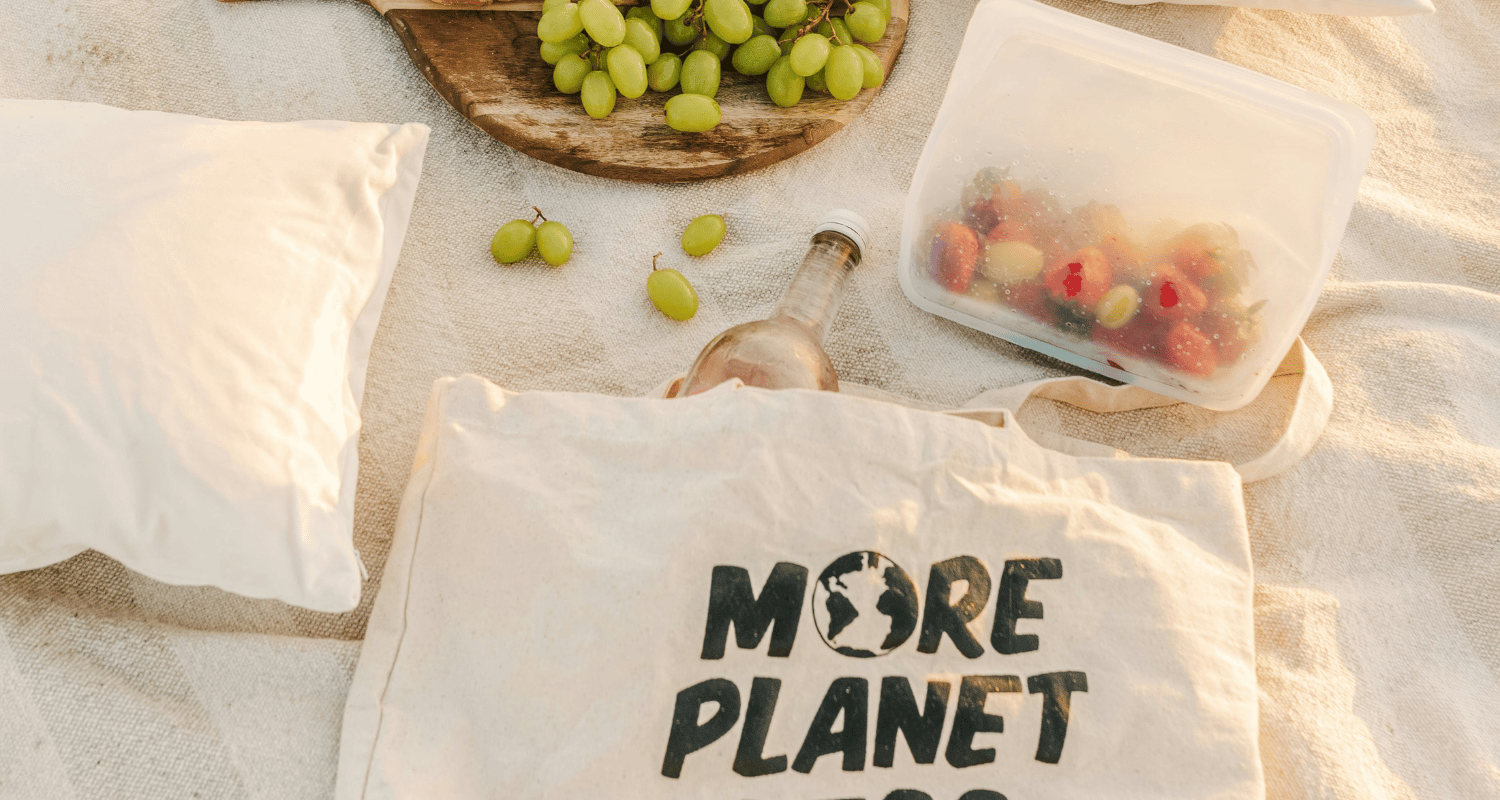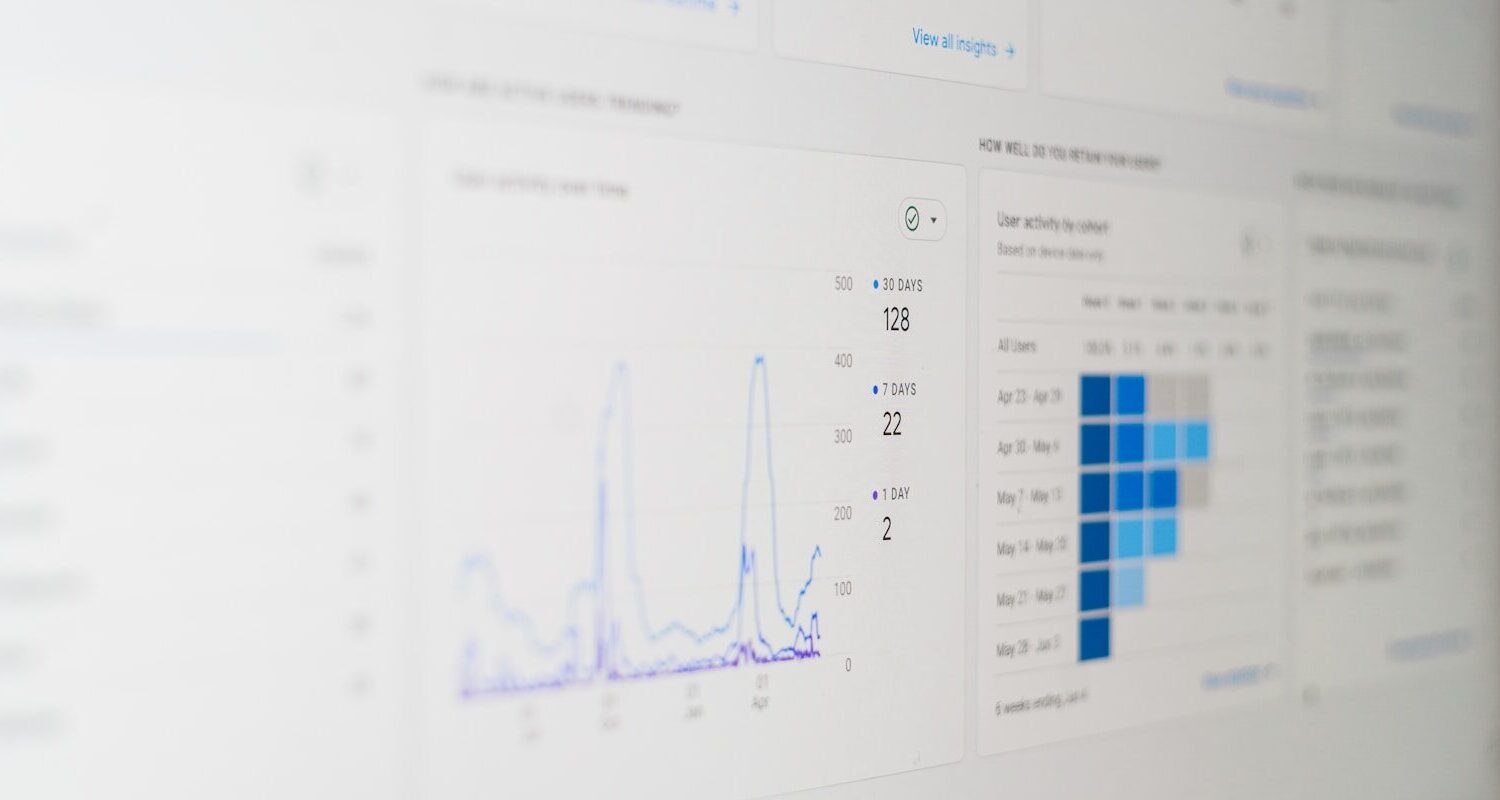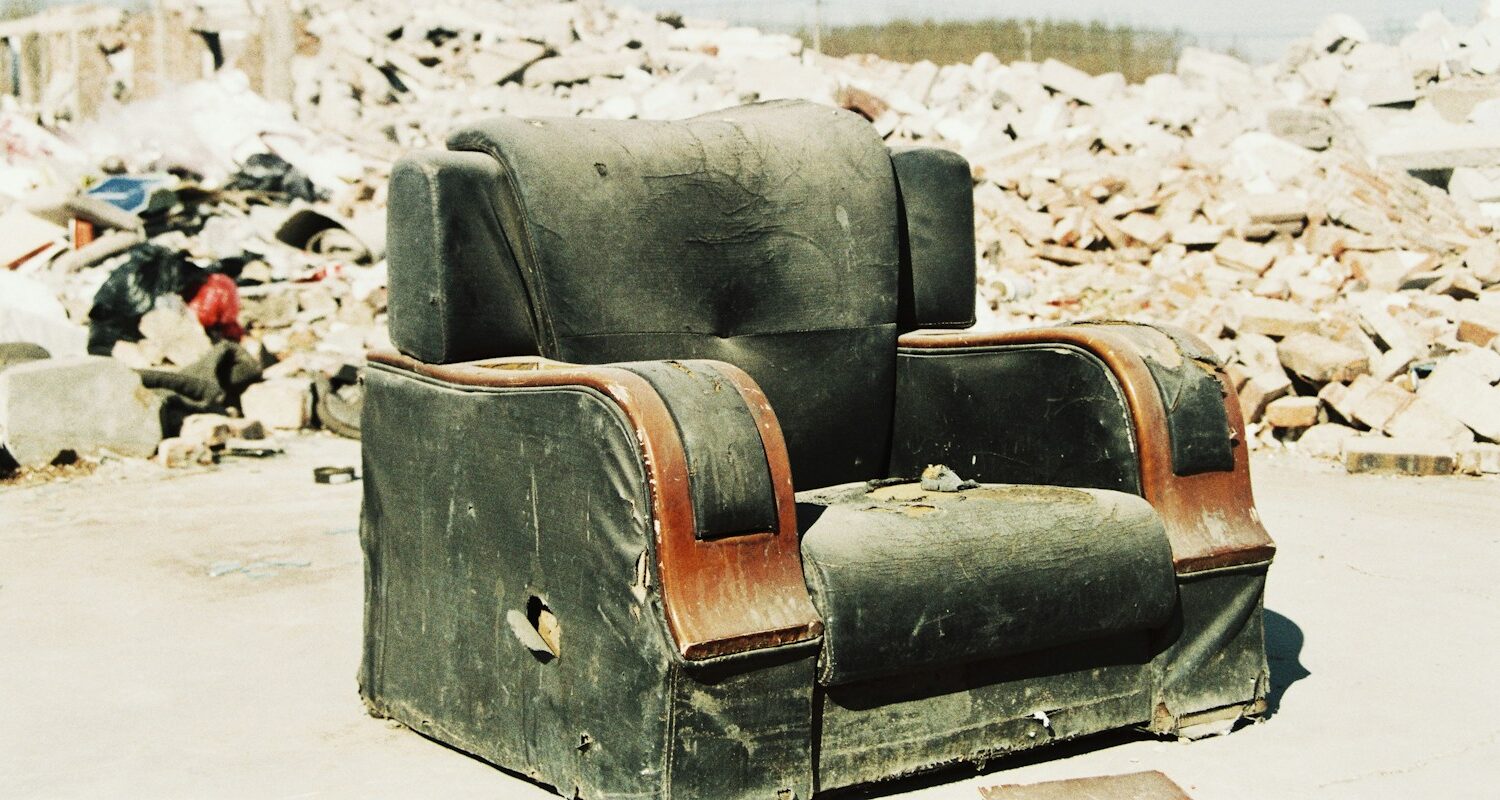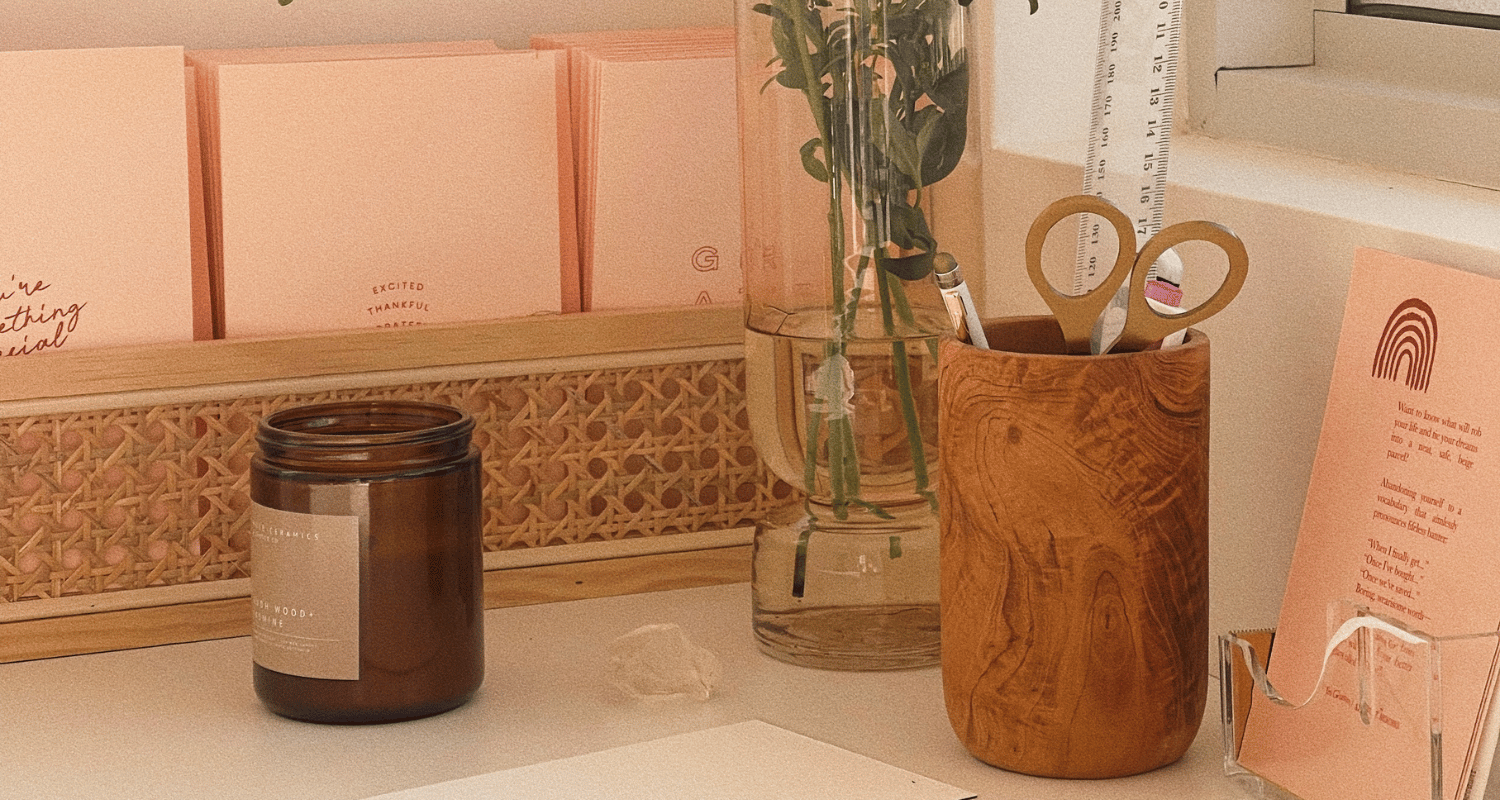You’d be amazed how many “eco-friendly, sustainable” products aren’t.
Building my second business, The Kind Pet, I’ve had a front-row seat to all the ways sustainability gets twisted, stretched, and greenwashed until it’s barely recognizable.
I’ve talked to plenty of suppliers who swore their materials were natural—until I asked a few deeper questions and found out those “plant-based” claims came with a side of petroleum.
Yum.
Turns out, you can’t make rubber hard and durable without adding something to it. And a lot of the time, that “something” is plastic or petroleum-derived additives like paraffin oil.
That’s when it clicked for me:
Sustainability isn’t a sticker slapped on at the end. It’s not a badge you earn. It’s an ongoing commitment that trickles through every part of a product’s life. And it asks you to ask better questions about your materials, suppliers, packaging, and impact.
In this post, I’ll break down the four pillars that define whether a business (and the products it sells) are genuinely sustainable. My goal is to keep this simple and actionable, so by the end, you’ll have a framework you can use to audit your own business and start making real progress.
What Is a Sustainable Product (and Why It Matters for Your Business)?
A sustainable product is one that’s designed with the entire lifecycle in mind: how it’s sourced, packaged, used, and eventually disposed of.
For businesses, this goes way beyond a feel-good marketing statement. It’s about building customer trust, reducing long-term costs, and creating products that actually reflect your values. And let’s be honest: customers are paying closer attention than ever. They want to know where your products come from, how they’re made, and what impact they have on the environment.
Think of it this way: a green product might cut down on plastic. But a sustainable product considers the bigger picture, the materials, the people involved in making it, how durable it is, and what happens when the user no longer needs it.
That’s the difference between chasing trends and building a truly sustainable business.
The 4 Criteria That Make a Product (and Business) Sustainable
Here’s the framework we’ve used for my own sustainable business, The Kind Pet:
1. Sustainable Sourcing
Where do your raw materials come from? Are they responsibly harvested, fairly traded, or made from recycled inputs?
Some practical examples:
- Swap conventional cotton for organic cotton (it uses less water and fewer chemicals).
- Use recycled metals or plastics instead of virgin ones.
- Ask your suppliers to show you their certifications or practices — transparency is everything.
You don’t have to overhaul your supply chain overnight. Even one material swap can be a step toward real impact.
2. Responsible Packaging
Packaging is the first thing your customer touches and usually the first thing they throw out. That makes it a huge part of your sustainability footprint.
Simple swaps you can make:
- Replace plastic mailers with recycled paper ones
- Think about using packing paper instead of bubble wrap
- Switch to soy-based inks for printing
Your packaging tells a story. Ensure it accurately represents your brand.
3. Durability and Longevity
If your product breaks quickly and can’t be reused, it’s not sustainable, regardless of how eco-friendly the material may sound.
Ask yourself:
- Could this product be repaired if it broke?
- Will it last more than a handful of uses?
- Could I offer a refillable or reusable version?
This is where sustainability and customer loyalty overlap. When you build products that last, you build trust, and customers come back because they know your quality matches your values.
For the Kind Pet, we use high-quality materials, but we also encourage repairing and repurposing our products.
4. End-of-Life Planning
What most of us don’t ask often enough: What happens when your customer’s finished with the product? Can they recycle it, compost it, refill it, or send it back to you?
Here are a few things you can do right now:
- Add a “how to recycle or dispose” section to your website
- If your product isn’t recyclable or compostable, think about offsetting carbon by partnering with organizations like rePurpose Global that offset plastic through collection projects across the world
When you show customers you’ve thought about the end of the journey, you’re proving your business cares about more than just the sale.
How to Audit Your Business Against These Criteria
You don’t need to be perfect or change everything overnight. Instead, start small with a self-audit:
- Where do my materials come from? Could I make one swap to something more sustainable?
- What packaging am I using? Could I reduce my use of plastic or opt for a recyclable alternative?
- How long does my product last? Could I redesign or improve durability?
- What happens when customers are done with it? Do I tell them what to do next?
Audit one area at a time. Even changing your supplier or packaging can shift your business toward real sustainability.
Why Transparency Matters More Than Perfection
The biggest mistake small businesses make is trying to look “100% sustainable” when that’s rarely realistic. Customers today don’t expect perfection. They expect honesty.
If you’ve made progress in one area (such as sourcing organic cotton) but are still working on another (like finding compostable packaging), mention that. Transparency builds trust far faster than vague eco-friendly claims.
Instead of saying “We’re 100% sustainable,” try:
“Our new line uses recycled cotton, but we’re still transitioning our packaging to compostable materials.”
This kind of honesty shows your customers you’re committed to progress, not just perfection.
Your 4-Point Checklist for a Truly Sustainable Business
So, what makes a business and its products truly sustainable? It comes down to criteria: sustainable sourcing, responsible packaging, durability, and end-of-life planning.
Here’s a quick recap you can apply today:
- Sourcing: Ask your suppliers tough questions and look for a better material swap
- Packaging: Replace plastic with a recyclable, compostable, or reusable alternative
- Durability: Build products that last, and customers will return the trust
- End-of-life: Educate customers about disposal or create a reuse or refill loop
Sustainability’s a journey. Progress, paired with transparency, is always more potent than a hollow “eco-friendly” claim.
By using these four criteria as your framework, you’ll not only make your business more sustainable, but you’ll also build stronger relationships with customers who value authenticity and accountability.
Hi! If we haven’t already met, I’m Laura! Founder of Dolgify and author of this little blog. I help small to mid-sized sustainable merchants build eco-friendly stores and ethical stories their conscious customers deserve. If you liked this post and want to learn more, here are a few ways you can connect with me:
- Join my email list: For a bi-weekly dose of sustainable eCommerce insights, tips for ethical brands, and the occasional behind-the-scenes look at how I help eco-conscious merchants like you succeed.
- Explore my services: Let’s work together to bring your green vision to life and build an online presence that stands out from the conventional crowd.
- Dive into the Dolgify blog: Find more posts like this one, covering everything from eco-conscious customer personas to ethical email marketing and beyond.
If you have any questions about sustainable eCommerce or just want to say hi, feel free to send me an email or connect with me on Instagram. I’d love to hear from you! Until next time.
Cheers,
Laura





